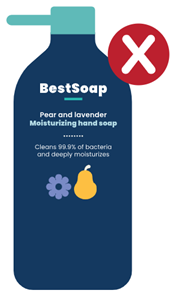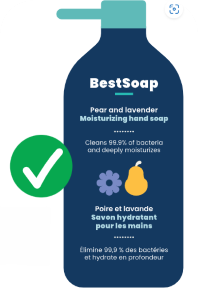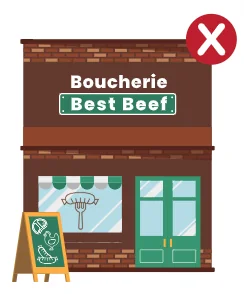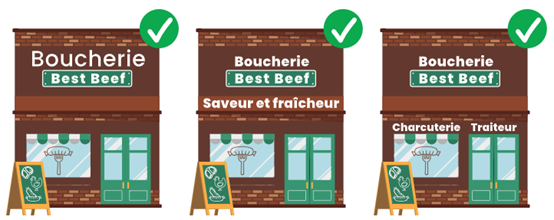Since 2022, Bill 96 has brought several changes to language rights in Quebec. Starting June 1, 2025, enterprises in the province must follow new rules. These changes affect language use at work, on public signs and commercial advertising, as well as the use of trademarks on products.

Expanded application of francization rules
Francization rules aim to promote and increase the use of French in the workplace. These rules are found in the Charter of the French language.
Right now, the rules apply only to enterprises with 50 or more employees. These enterprises are required to register with the Office québécois de la langue française (OQLF). But starting June 1, 2025, enterprises with 25 to 49 employees will also have to register and follow francization rules.
|
The word “enterprise” includes for-profit businesses, non-profits, and other organizations registered with the Registraire des entreprises du Québec (Quebec business registry). |
After registering with the OQLF, enterprises must submit a self-evaluation form about the use of French within their organization. If the OQLF determines that the use of French is “generalized” in the workplace, it will issue a certificate of francization to the enterprise. Otherwise, the enterprise will be required to create and submit a francization program to the OQLF.
The law currently does not define what must be considered a “generalized” use of French.
Enterprises must also respect other obligations, like sending yearly reports to the OQLF.
Changes to the use of trademarks on public signs
According to the Charter of the French language, public signs and commercial advertising must be in French. There are exceptions, notably regarding the use of trademarks, but these exceptions are going to change slightly on June 1, 2025. Trademarks protect different elements like business names, logos, slogans, and similar identifiers.
|
Did you know? When the Charter was adopted in 1977, it required the exclusive use of French in public signs and advertising. But, in 1988, the Supreme Court of Canada ruled that banning other languages violated freedom of expression. The Court said that requiring the predominance of French alongside the other language would be an acceptable compromise. |
In public signs and commercial advertising, enterprises can use a trademark in a language other than French without including a French version, but only if:
- the trademark is a recognized trademark (well established through use, whether or not it is officially registered),
- no French version of the trademark has been registered with the Canadian Intellectual Property Office.
Currently, a “sufficient presence of French” must appear alongside the trademark when it’s displayed outside a building. This typically means adding a slogan, generic terms, a product or service description or similar text in French.
Starting June 1, 2025, the rules will be stricter: the accompanying French text must be “markedly predominant”. To meet this standard, the French slogan, product description or other text must:
- take up at least twice the space of the other language,
- be at least as easy to read and just as visible.
For example, in the image below produced by the OQLF, the recognized English trademark “Best Beef” can be used alone if no French version of the trademark is registered. However, the display does not comply with the new rules because the English trademark is not shown with a markedly predominant presence of French.
The examples below show different ways to meet the requirement for a markedly predominant presence of French text.
Changes to product labelling
As with public signs and commercial advertising, any writing on a product must be in French, but there are some exceptions. A trademark in a language other than French can appear on a product if it’s recognized and no French version has been registered.
But starting June 1, 2025, any generic term or product description shown with the trademark must also appear in French.
For example, in the image below, the recognized trademark “BestSoap” can appear on the bottle of hand soap by itself, as long as no French version of the trademark has been registered.
But, starting June 1, 2025, the product description and features (like “Pear and lavender”, “Moisturizing hand soap”, etc.) must appear in French on the label.


Source: Office québécois de la langue française | Marques de commerce sur les produits
Enterprises have until June 1, 2027, to sell non-compliant products as long as they were made before June 1, 2025. New products must fully follow the new rules, or the enterprise could face fines.







